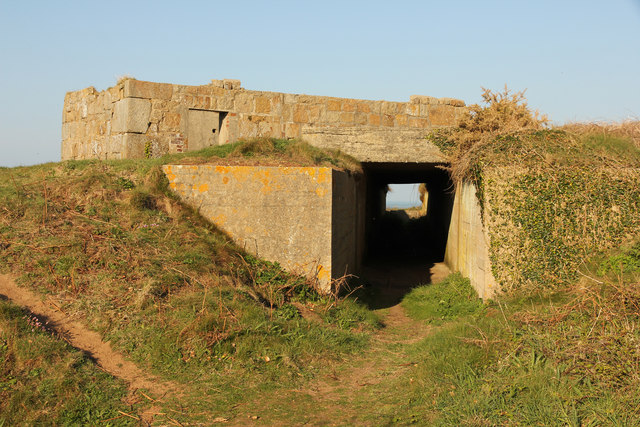
New topographics was a term created by William Jenkins in 1975 to describe a group of American photographers; for example Robert Adams and Lewis Baltz, whose photography had a similar banal style. The photos were (mostly) monochrome and formal of the urban landscape. Many of the photographers associated with new topographics were inspired by the man-made buildings and adaptions. Carparks, suburban housing and warehouses were all portrayed with a beautiful stark austerity.
Robert Adams


Robert Adams is an American photographer born May 8th 1937 in New Jersey. He focused his work on the changing American West landscape. His work became popular, due to his books for example, The New West and his exhibitions.
Analysis

This is a digital monochrome photograph from an exhibition titled The New West by Robert Adams in the 1970s. The mise en scene presents a rectangular house with an window revealing a silhouette of a woman. The repetition of rectangles suggests peacefulness and security. The focal point of the image is the silhouette of the woman this is because silhouettes attract and remove distractions of details such as smiles and imperfections.
The aperture is around f/16 due to the dark exposure and wide depth of field. The shutter speed is very fast and the lighting is natural sun lighting. The photograph follows the rule of thirds as shown with the orange lines.
To conclude, personally I really like this image and I think the silhouette is so powerful in contrast to the rectangular shapes. I would love to recreate something similar to this. For example, at Plemont there are old ruins of a building which I could use:


Robert Adams states:
“I think if you placed me almost anywhere and gave me a camera you could return the next day to find me photographing. It helps me, more than anything I know, to find home.”
New Topography Photoshoot Ideas
El Tico


It will be easy to access as I work here every weekend. This is a very peculiar shaped building perfect for new topography, especially around the front.
Town



Harve Des Pas and La Collette



